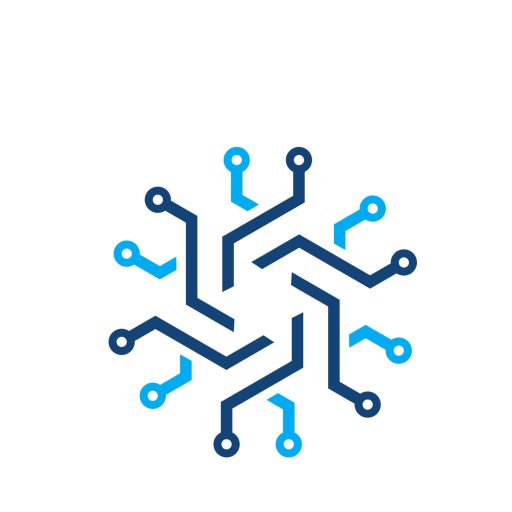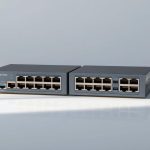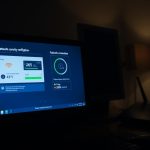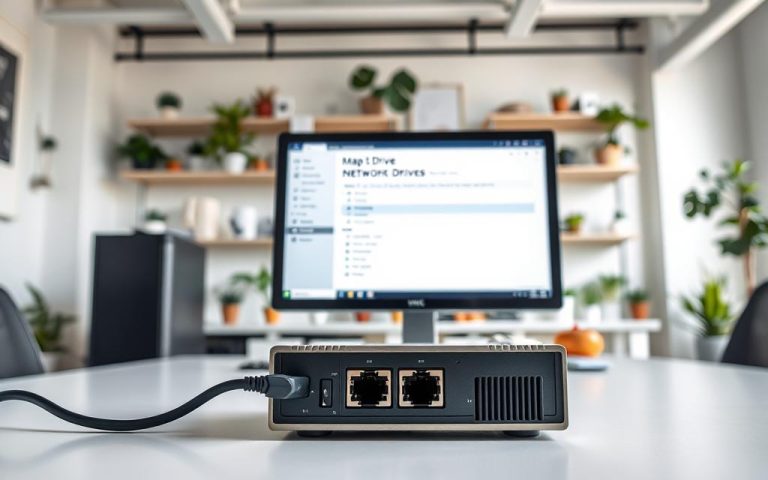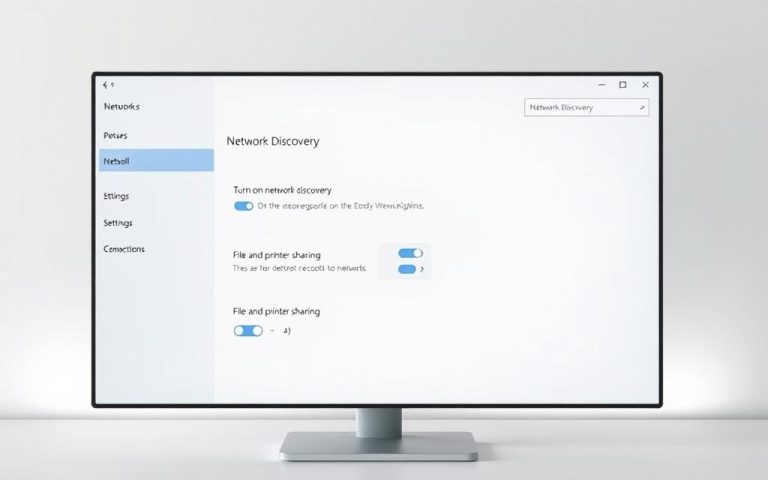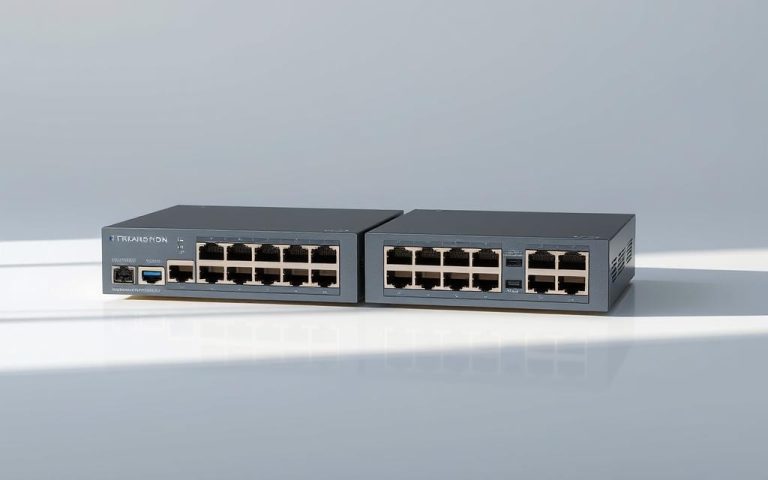Has Pi Network Selected Node Candidates 2025: Latest Info
The crypto community is eagerly watching Pi Network’s progress toward its Open Mainnet. As of late May 2025, the focus is on strengthening the Mainnet by integrating reliable Testnet node operators. The transition involves evaluating node operators based on their performance, technical capabilities, and compliance with requirements like KYC verification.
The Core Team is prioritizing the migration of existing Testnet node operators to ensure network stability and security. This strategic approach aims to decentralize the network while maintaining its integrity. Understanding the node selection strategy is crucial for current Pioneers and potential node operators who want to participate in the network’s growth.
Current Status of Pi Network’s Node Selection Process
Pi Network’s journey towards decentralization is significantly marked by its node selection process. As the network continues to evolve, understanding the current status of node selection is crucial for its community and stakeholders.
Official Announcements and Timeline
The Pi Network community has been awaiting official announcements regarding the node selection process. While the exact timeline has been a subject of speculation, with some suggesting it started around February 20, 2025, or potentially in Q1 or by June 2025, the community remains informed through periodic updates.
The February 2025 Open Mainnet Launch
The February 2025 Open Mainnet launch was a significant milestone, marking the transition from a closed ecosystem to a more accessible blockchain network. This launch initiated the migration of verified Testnet nodes to the Mainnet, a process designed to occur in phases. By May 2025, reports indicated progress in node migration, with increasing numbers of transactions being validated by community-operated nodes. The launch necessitated software updates for node operators, including the mandatory Horizon upgrade that improved security and performance.
The Open Mainnet launch represented the beginning of Pi Network’s true decentralization, with node operators beginning to participate in transaction validation on the Mainnet. As the network continues to develop, the role of node operators remains crucial.
Understanding Pi Network’s Node Ecosystem
At the heart of Pi Network lies its node ecosystem, which plays a vital role in validating transactions and maintaining the distributed ledger. This ecosystem is fundamental to the operation of the Pi Network’s blockchain.

Types of Nodes: Regular Nodes vs. SuperNodes
Pi Network operates with different types of nodes, each serving specific functions. Regular nodes run the Pi Node software, checking transactions and participating in the consensus mechanism through the Stellar Consensus Protocol (SCP). SuperNodes, on the other hand, act as the powerhouses of the Pi Blockchain, providing additional support and stability to the network.
The Role of Nodes in Pi’s Blockchain
Nodes form the backbone of Pi Network’s blockchain infrastructure. They collectively maintain the distributed ledger by validating transactions and achieving consensus. The decentralized nature of nodes, operated by different people, enhances the security and resilience of the network. The testnet environment has allowed node operators to demonstrate their capabilities before transitioning to the Mainnet.
By distributing validation responsibilities across many independent nodes, Pi Network aims to achieve true decentralization, ensuring that no single entity controls the blockchain’s operation. This approach not only enhances security but also aligns with the network’s goal of creating a robust and reliable blockchain ecosystem.
The Testnet to Mainnet Transition Strategy
Pi Network’s journey towards the Open Mainnet involves a carefully planned transition strategy. This process is crucial for ensuring a smooth shift from the Testnet environment to the Mainnet, where the network will operate in full capacity.
Prioritizing Existing Testnet Operators
The Pi Core Team is prioritizing existing Testnet operators in the transition process. This approach recognizes the contributions and commitment of node operators who have been actively participating in the Testnet. By giving precedence to these operators, Pi Network aims to reward their dedication and ensure continuity in the network’s operation.
Existing Testnet operators have already demonstrated their capability and willingness to adapt to the network’s requirements. By prioritizing them, Pi Network can leverage their experience and maintain the network’s stability as it transitions to the Mainnet.
The Horizon Software Upgrade Requirement
To maintain connection to the network, all Pi Node operators are now required to upgrade to the latest Horizon version. According to the Pi Core Team, this upgrade is not optional; it includes vital performance, security, and protocol enhancements necessary for Pi’s eventual transition to the Open Mainnet.
The Horizon software upgrade represents a critical technical requirement for all node operators wishing to participate in the Mainnet transition. Some key aspects of this upgrade include:
- Significant improvements to the node software architecture
- Enhanced security protocols and performance optimization
- Compatibility with the Mainnet environment
- Essential features for participating in the consensus mechanism on Mainnet
Node operators must complete this upgrade to maintain their eligibility for selection. The upgrade requirement serves as both a technical necessity and a filtering mechanism, ensuring that only committed operators who make sure their systems remain current will transition to Mainnet.
To support node operators in this process, Pi Network has provided detailed documentation and support resources. This assistance is crucial in helping operators overcome technical challenges and complete the upgrade successfully.
| Upgrade Aspect | Description | Benefit |
|---|---|---|
| Node Software Architecture | Significant improvements | Enhanced performance and security |
| Security Protocols | Enhanced protocols | Increased network security |
| Mainnet Compatibility | Ensured compatibility | Smooth transition to Mainnet |
Has Pi Network Selected Node Candidates 2025?
Pi Network’s journey towards decentralization involves a crucial step: selecting node candidates in 2025. As the network progresses, the Core Team’s strategy for node selection has been a focal point.

Current Selection Status and Process
The Pi Core Team is playing it cool, bringing Testnet operators over in waves to keep the network running smoothly. This approach involves inviting node operators to join the Mainnet in multiple waves, allowing the Core Team to monitor performance and address any issues before scaling up. The current selection status indicates a gradual transition of testnet nodes to Mainnet.
As part of this process, the Core Team has been prioritizing existing Testnet operators, ensuring a stable transition. For more information on the node selection process, you can visit this article.
The Phased Approach to Node Migration
The Pi Network has implemented a phased approach to node migration, gradually transitioning Testnet operators to Mainnet to ensure network stability throughout the process. By May 2025, significant progress in this phased migration was evident, with reports indicating that the Core Team had begun reducing their direct control by shutting down their central node.
This methodical migration strategy forms a critical part of Pi Network’s broader plan for decentralization, balancing the need for careful oversight with the goal of community governance. Each phase of migration includes specific performance benchmarks and monitoring periods to ensure that newly migrated nodes maintain the required standards for Mainnet operation.
Node Selection Criteria and Requirements
To become a node candidate in Pi Network, it’s essential to understand the selection criteria and requirements. The Pi Network’s node selection process is designed to ensure the integrity and stability of the network.
Technical Requirements for Node Operators
Node operators must ensure their computer and internet connection are reliable and configured correctly to run the Pi Node software. This includes installing the official Pi Node software from authorized sources and configuring the necessary technical environment, such as Docker installation.
Aspiring node operators should focus on getting their tech straight, making sure they have the necessary hardware and software to support running a node.
KYC Verification and Performance Metrics
KYC verification is mandatory for node candidates, and new accounts typically need to mine for at least 30 days before becoming eligible to apply for verification. Demonstrating reliability on the Testnet by maintaining consistent uptime and properly configuring your computer and internet connection is crucial.
Performance metrics, such as uptime and responsiveness, play a significant role in the selection process.
How to Become a Node Candidate in 2025
Aspiring new node operators in 2025 should begin by establishing a presence on the Testnet, as this environment continues to serve as the primary entry point for potential Mainnet node candidates. Potential candidates who started a year ago or more have an advantage, but new operators can still qualify by demonstrating exceptional reliability and technical capability.
- Establish a presence on the Testnet to gain experience and demonstrate reliability.
- Download and install the official Pi Node software from authorized sources.
- Complete the KYC verification process as early as possible.
- Configure your computer and internet connection to meet the technical requirements.
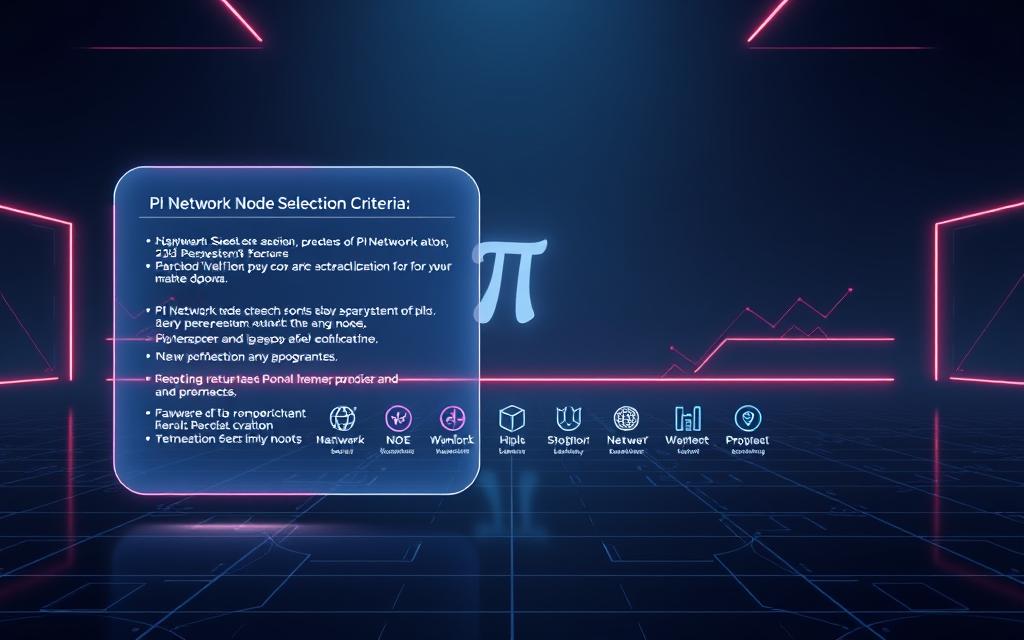
Decentralization Milestones and Future Outlook
With the central node shutdown, Pi Network marks a significant milestone in its transition to a community-driven infrastructure. This development, announced on May 14 via the official X account, signifies a major step toward decentralization. Years of operation under the Core Team’s leadership in a controlled environment have prepared the Pi Network for this transition.
The shutdown of the central node verifies the network’s move to a truly distributed Web3 ecosystem. Alongside this, the hint at releasing Pi’s source code soon has generated considerable excitement within the community. Open-sourcing the code will enable third-party developers to build tools and dApps on the Pi Network, enhancing the ecosystem’s credibility and unlocking new use cases.
Key Developments and Future Milestones:
The Open Mainnet launch is just the beginning of Pi Network’s decentralization journey. Future milestones include increased community governance, expanded node participation, and potentially the formation of a decentralized autonomous organization (DAO). The gradual transfer of network control from the Core Team to selected node operators demonstrates a measured approach to decentralization, prioritizing stability and security.
The community’s expectations remain high for additional transparency regarding SuperNode selection criteria, reward distribution mechanisms, and the long-term technical roadmap. As Pi Network continues its transition throughout 2025 and beyond, the success of its decentralization efforts will depend on maintaining an active Testnet environment for node testing while expanding Mainnet participation through carefully selected node candidates.
The future outlook for Pi Network depends significantly on balancing security concerns with genuine decentralization. This includes the distribution of nodes across different geographic regions and implementing truly community-driven governance mechanisms. As the network evolves, it is crucial for the Core Team to maintain transparency and community engagement.
FAQ
What is the current status of Pi Network’s node selection process?
The core team is actively working on selecting node candidates, with a focus on transitioning existing testnet operators to the mainnet.
What are the technical requirements for running a Pi Network node?
Node operators need a reliable computer with a stable internet connection, as well as meeting specific software and hardware requirements outlined by the Pi Network team.
How does Pi Network’s KYC verification process impact node selection?
KYC verification is a crucial step in ensuring the security and integrity of the network, and node candidates must complete this process to be considered for mainnet migration.
What is the difference between regular nodes and SuperNodes in Pi Network?
SuperNodes play a more significant role in validating transactions and maintaining the network’s decentralization, while regular nodes support the network and help check transactions.
When can we expect the open mainnet launch?
The open mainnet launch is anticipated in early 2025, although the exact date may be subject to change based on the progress of node selection and other factors.
How can I become a node candidate in 2025?
To become a node candidate, individuals must meet the technical requirements, complete KYC verification, and demonstrate a strong performance record on the testnet.
What is the phased approach to node migration, and how will it impact existing testnet operators?
The phased approach prioritizes existing testnet operators, allowing them to migrate to the mainnet in a controlled and secure manner, while also ensuring the overall stability of the network.
